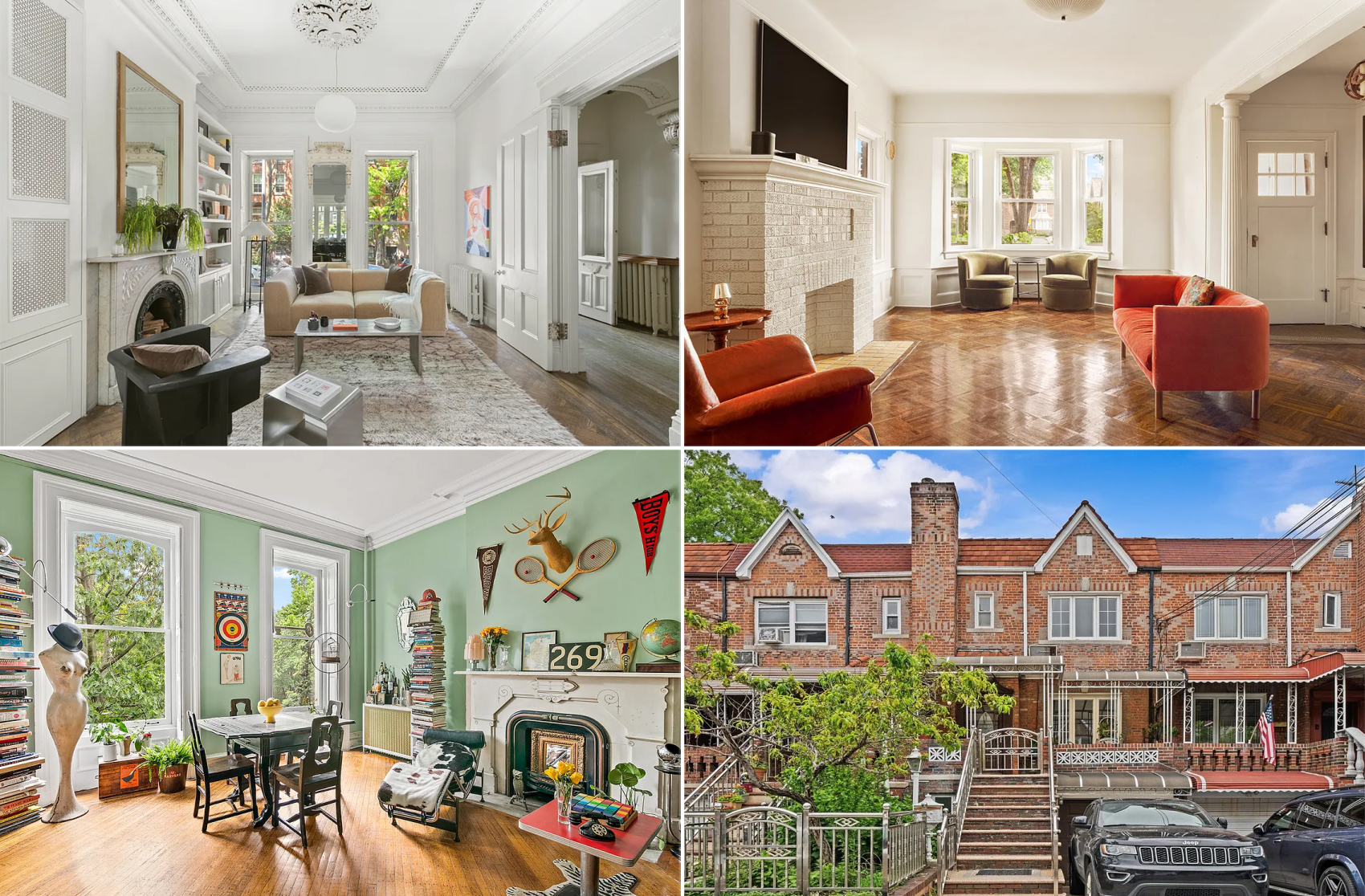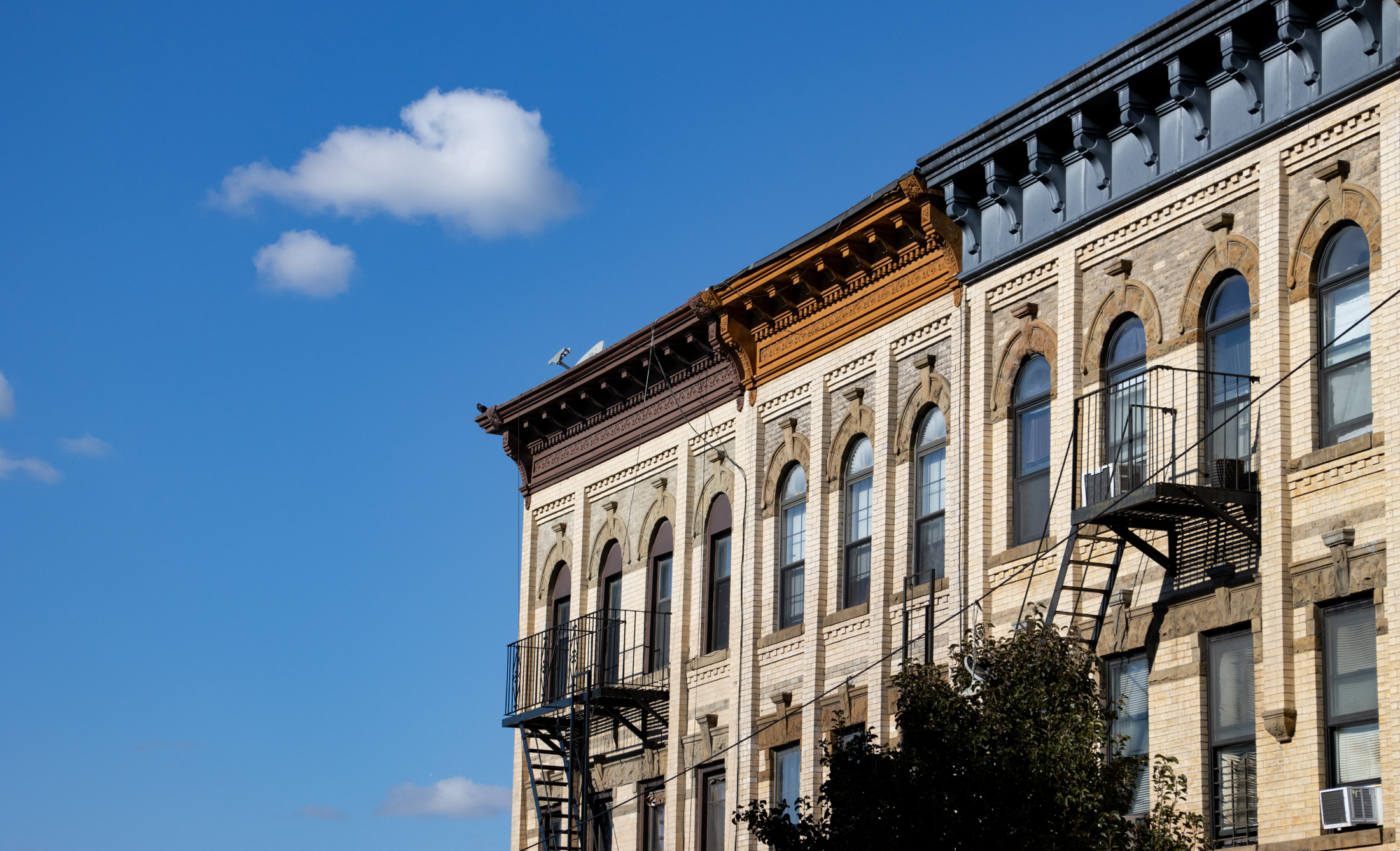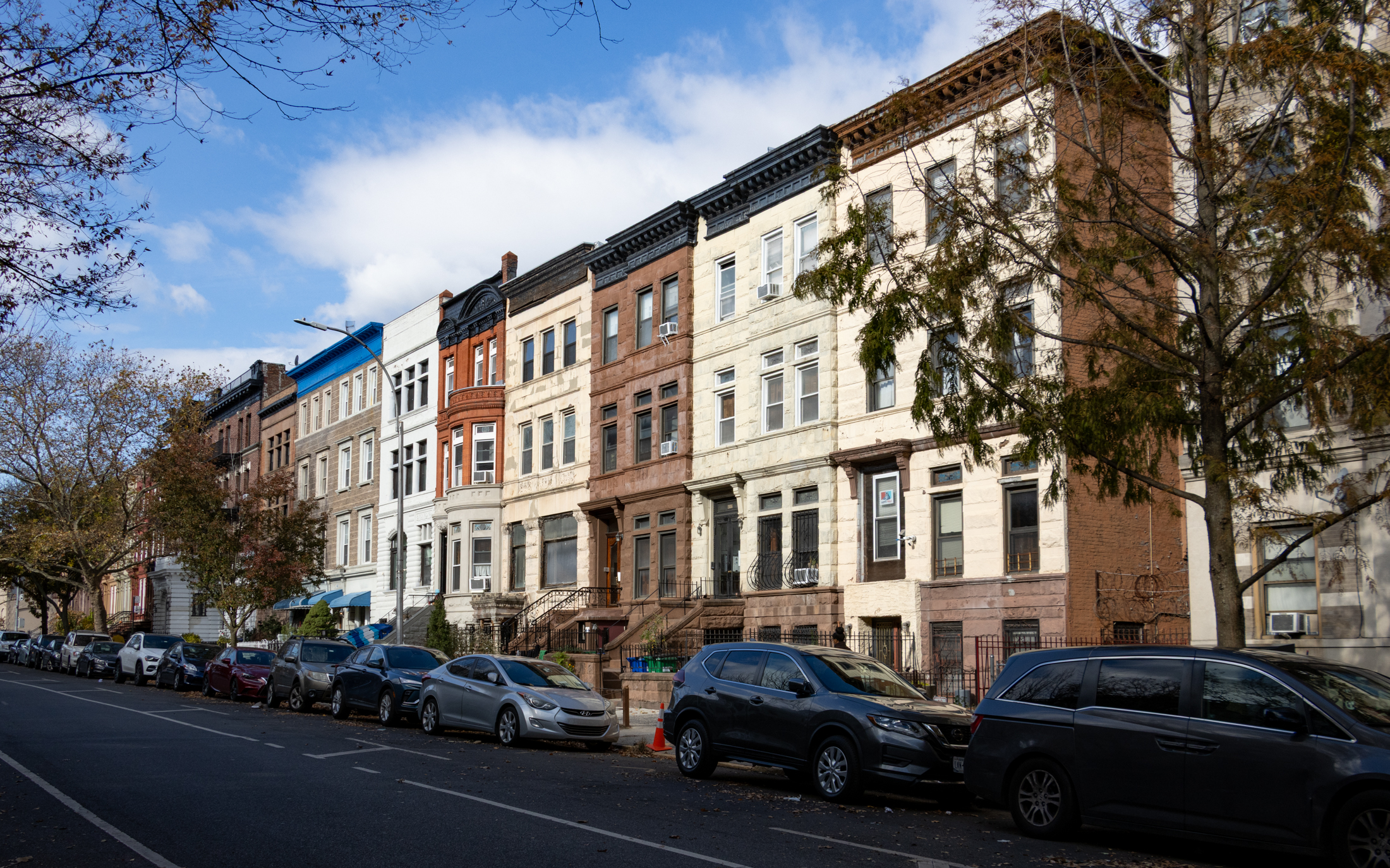160 Imlay Street: A Sacrificial Lamb?
Driving past 160 Imlay Street in Red Hook last weekend, all we could think to ourselves was, “What a waste.” Here’s a site that was sitting unused generating no tax dollars for the city or revenues for neighboring business when its owners received a variance in December 2003 to convert it into a mixed-use building…


Driving past 160 Imlay Street in Red Hook last weekend, all we could think to ourselves was, “What a waste.” Here’s a site that was sitting unused generating no tax dollars for the city or revenues for neighboring business when its owners received a variance in December 2003 to convert it into a mixed-use building with residential on the upper floors and retail on the lower. Within weeks, however, a coalition called the Red Hook/Gowanus Chamber of Commerce, whose ostensible raison d’etre was to preserve and promote the industrial character and usage of the neighborhood, sued to reverse the BSA decision and squash the project. Why? Hard to say exactly. Some believe the group’s heart is in the right place; others charge that it’s basically a front for certain players in Red Hook to protect their own interests. One thing’s for sure: The fact that one of the Chamber’s leaders and largest land owners in the area, Greg O’Connell, has since leased out the floors above yuppie-mecca Fairway as market-rate apartments while the competition on Imlay Street is tied up in litigation hasn’t exactly strengthened the group’s credibility. Meanwhile, the politicians have been too chicken to do anything that could possibly be perceived to be anti-industry in the area, though we can’t see why the debate has to be reduced to an unnuanced either/or choice between jobs and housing. While there are certainly residents who don’t want the neighborhood to change, it’s hard for anyone to argue that the status quo is either working or the best allocation of scarce resources in an overcrowded city. So what of 160 Imlay? Another round of appeals was heard in October but no decision has yet to come of it. In the meantime, the building and the surrounding lots continue to sit undeveloped, derelict and not doing anyone any good—not the longshoremen, not the tourists arriving on cruise ships and certainly not the nearby restaurants and shops that could use the extra business generated by a couple hundred more units of housing in the area.
Crumbling Hopes for 160 Imlay Street? [Brownstoner] GMAP P*Shark DOB





For better or for worse, 161 Imlay Street is perceived as a beachhead by both the industrial retentionists and Red Hook’s pro-residential conversion faction. Sure, some so-called Red Hook chamber folks are faking the funk and are simply looking enlarge their empire, but there are plenty of legitimate Red Hook businesses and manufacturers which see Imlay Street as spot zoning and a sincere threat to their livelihood – the old domino effect.
On the other hand, I understand pro-residential contingency and their desire to bulk up the neighborhood in order to bring about more amenities and services. Perhaps their aim, converting wicked cool, Meat Marketesque buildings into luxury condos, is way too controversial and perhaps incongruous with the desires of many community stakeholders. If the goal is to bring more people to RH, would it not be easier to build housing on currently vacant residential lots or residentially zoned buildings which are nowhere near the allowable FAR such the Fine Fare Supermarket?
12:00 very insightful.
It is a shame for this building to sit idle; however, I’ve walked by it several times, and drove by as well.
It is immediately next to the working part of the waterfront. As things stand, it’s a terrible place for residential development.
Yes, 12:00. That is a very interesting angle that we had not considered.
12:00 that was really informative. Thanks!
Good summary, but I think you missed one important point. Right now there are many industrial-zoned properties in the neighborhood that are vacant. The property oweners do not want to lease them out because they hope to get them rezoned (or get a BSA variance)to residential use, which will make the properties much more valuable. They are all waiting to see what happens with the 160 Imlay since it is viewed as a tipping point. If Imlay get the variance then it sets a precendent and all of the other industrial property owners will be able to make the same argument. In the meantime, all of this industrial propert sits vacatn, but not for lack of demand. If you look at the Navy Yard – it’s 3.5 million SF of industrial space are completely full. There is clearly demand for industrial space. But I really think that Imlay street is viewed by both sides as the tipping point. If the variance is rejected, many of the industrial landowners will give up their dreams of residential conversion and rent out their spaces to the industrial tenants that are lining up to rent them. If Imlay gets it’s variance, then we will see a flood of variance application from all of the other property owners in the neighborhood. The only thing that I can think of that would allow both to co-exist would be for City planning to step in and rezone the neighborhood creating a clear residential neighborhood and a clear industrial zone, and to make it clear that no variances will be granted in the industrial zone – maybe make it an IBZ (indutrial business zone).
Not to defend this too much, but I think a very credible argument could be made that (i) this part of Red Hook (which next to a number of operating piers on the East River) should be kept industrial, and that (ii) comparisons to the commercial/residential development along the Erie Basin where Fairway, Ikea, etc are located are inapt.
Imlay Street is basically an 8 block road feeding warehouses built for the piers, and is 10-15 blocks away from the Erie Basin piers and even more from the Red Hook soccer fields, pool and other type amenities. Once an industrial park starts to become resdiential, the resistance to the shipping and hauling will grow and incentivize the remaining industrial usage to reloacte. Although the years-long tie up is bad news for attempts to revitalize the working waterfront, I think it’s a fair issue to decide at the macro-level.
Are the politicians really worried about being anti industrial or are they getting greased? I wonder whats really going on here.
Brownstoner,
Thank you for keeping this on the radar. There are many sides to this issue, and I think you did a good job presenting this objectively.
Mr. O’Connell is the mayor of a Red Hook in transition, and more press needs to be devoted to his monopoly and behind the scenes influence.
It’s about time someone noticed this—keep on it. Don’t let the story die.